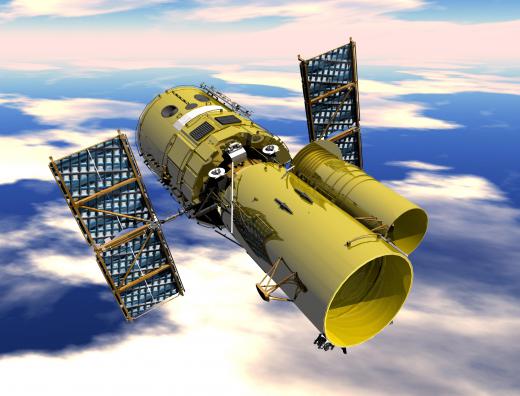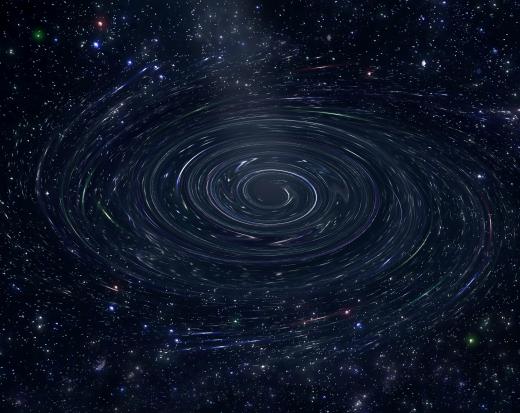What is the Big Crunch?
 Michael Anissimov
Michael Anissimov
The Big Crunch is a hypothetical cosmological event whereby the entire universe collapses under its own gravity, ending in a black hole singularity. The Big Crunch is a possible scenario for the ultimate fate of the universe, along with others like indefinite expansion (the Big Rip or Heat Death), and the Big Bounce, where the universe would collapse but then re-expand. Many cosmologists considered a Big Crunch to be a plausible far-future outcome for the universe until 1998, when the dark energy, a mysterious force causing expansion of the universe to accelerate, was discovered, making indefinite expansion more likely.
The prevailing model for the origin of the cosmos is Big Bang theory, which asserts that the present universe formed in a gigantic explosion 13.73 billion years ago. After Big Bang theory became well established and supported by many lines of evidence, scientists began to say, "We have a good model for the beginning of the universe -- what about its end?" General relativity, the theory devised by Albert Einstein in 1916, gave cosmologists the mathematical tools to examine possible end states of the universe.

The most important variable in the question of the universe's end and the possibility of a Big Brunch is the value of Omega (Ω), which is defined as the the average matter density of the universe divided by a critical value of that density. If Ω is greater than 1, then the universe is closed, meaning the geometry of space can be compared to the inside surface of a sphere. If Ω is greater than 1, as in, space is filled with enough matter, then a Big Crunch is inevitable eventually. If Ω is less than 1, then the universe is open, and will expand indefinitely. Recent observations suggest that Ω is less than 1, but this could always change with additional knowledge.

It is a known fact that the universe is expanding. In a Big Crunch scenario, this expansion would eventually cease, then reverse, with galaxies getting closer and closer together. After a few tens of billions of years, galaxies would eventually get so close that individual superclusters of galaxies would no longer be clusters, and would instead become super-galaxies. The center of these galaxies would harbor massive stars, similar to the Population I stars that existed at the dawn of the universe.

These stars would be so massive that they would blow themselves apart in under a million years; the typical lifespan of a star like the Sun is more like 10 billion years. Eventually, all matter would get so compressed that all life would cease, and everything in the universe would be consumed by a massive black hole. Fortunately for our descendants, such an event now seems improbable.
AS FEATURED ON:
AS FEATURED ON:













Discussion Comments
If you know what really causes gravity, then you must know that the "big crunch" is an impossibility. If there was no "big crunch" then there was no "big bang". The only thing truly expanding is the human awareness, cosmically speaking. I wouldn't waste time trying to fathom string theory or multi-verses either. After all, we are only shadows and dust, but we do make beautiful patterns.
Unfortunately it was the one I subscribed to. It was so simple and beautiful. An unending scenario. Now with trying to keep up with red shifts and dark energy, what? So we just keep expanding into loneliness. And no, I still can't fathom string theory and multi-universes. I prefer to think there is only one of me. So there.
Post your comments